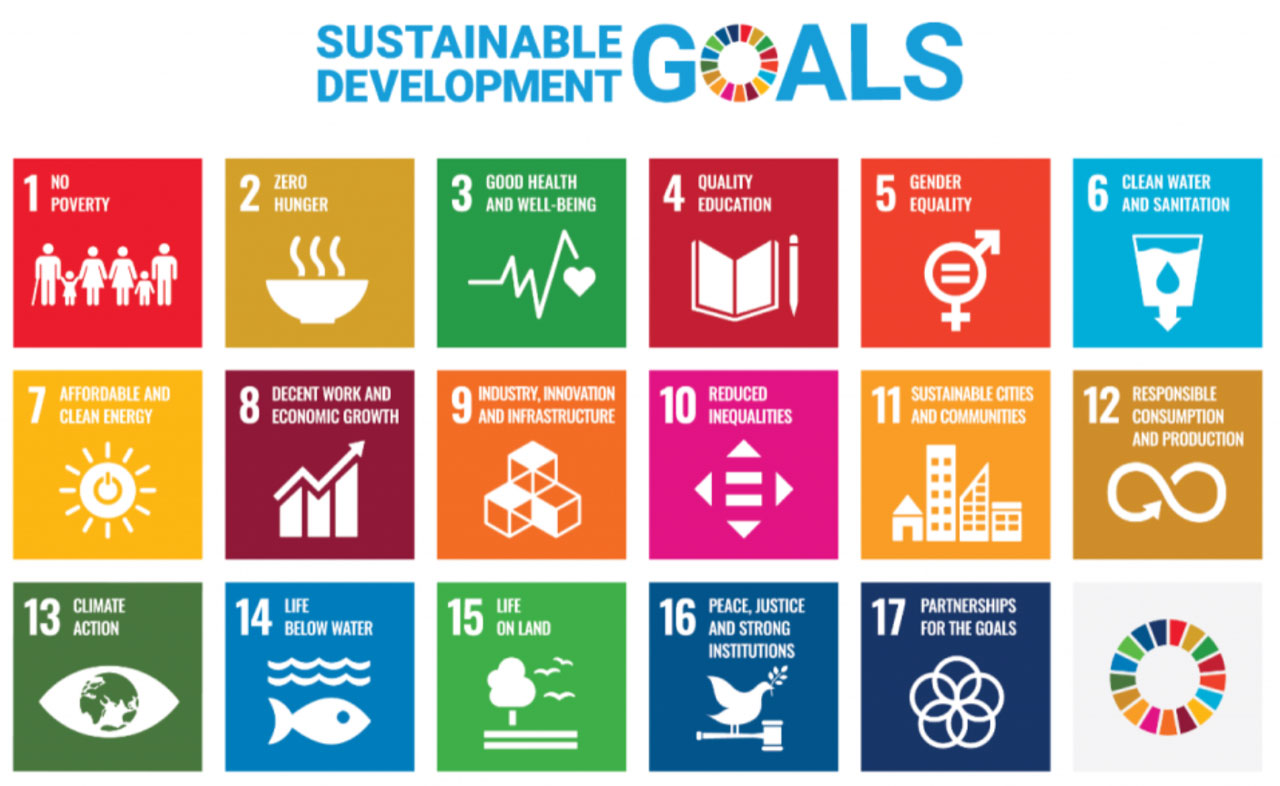
Sustainability – April 2023
The relationship between water and the mineral products industry is a complex one. Clearly there are many triumphs. Attenborough, Little Paxton, the Cotswold Water Park, Brockholes are places I can think of without looking them up – outstanding quality restoration, award winning in most cases and a short list of many sites that are now a key part of the fabric of rewilding Great Britain. Many of which are a result of positive collaboration between the industry, the community and the third sector – a subject about which I have written on here before.
Then there are the more complicated, less positive issues particularly concerning the activity of de-watering voids to gain access to material. This has been an area of much debate ranging from how such activity is licenced through to the impacts of it on sensitive environments. The poorly understood and inconclusive effect of quarrying in the Mendips on the Bath hot springs is an example that most can recite. I think it is fair to say that if water is going to be moved from one place to another in enormous volumes, it is likely to have some effects elsewhere albeit very difficult to substantiate either way. As pressure on drinking water supplies mounts – particularly owing to climate change – we have most definitely not seen the end of these debates.
There are a few, simple issues which always seem to amaze me that in 2023 are commonplace. The first concerns making concrete and the second, asphalt and both form part of my view about getting the basics right.
I have been reminded again recently that moisture control in concrete plants remains basic or at least retrospective. Add that to erring on the side of caution and we see over-estimated moisture levels quite routinely. This means that more cement (or other binders) is used in the making of concrete than is strictly necessary. This is obviously expensive but also not doing anyone any favours on the embodied carbon front. We are lucky in the UK to have some well performing cement plants which operate a way below the theoretical 1000kg of CO2 per tonne of product. Nonetheless, the over-batching of cement in concrete production leads to many truckloads of the binder being unnecessarily used. I saw recently that an electric truck mixer can reduce CO2 by 90 tonnes per year. That’s about the same as reducing cement consumption by 2.5 tonnes per week which on an average concrete plant over-estimating its moisture by 1% would be super easy. I am not saying the e-truck is a bad idea – but it comes after operational optimisation.
To make asphalt, quarry operators sell wet rock, sometimes to themselves, and then spend a great deal of money drying it off before adding a bituminous binder. There has simply got to be a better way. At the very least to help with stock adjustments even if you don’t care about the CO2. About 15 years ago I tried (and failed) to get some traction on elastic pricing, based on quality. A concept used quite commonly in other industries – agriculture being an example. In fact, in that sector they apply this principle to grain because someone somewhere has to suck-up extra drying costs if it’s too wet. How hard would it be to look at that in our sector? You could even split the difference on a shared/risk reward basis. Pay more for dry material as the drying costs are less. I am sure someone can give me a list of reasons why it can’t be done – but it is important to address this before spending money on fancy CO2 reduction tech, sequestration, or offsetting.





